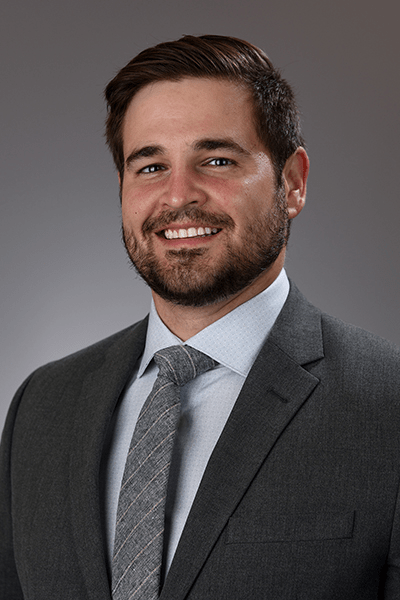
Travis S. Johnson, PhD
Agnes Beaudry Investigator in Myeloma Research
Assistant Professor of Biostatistics & Health Data Science
- Phone
- (317) 278-5451
- Address
-
HITS 3000
BSAT
IN
Indianapolis, IN - PubMed:
-

- CV:
- Download CV
Key Publications
Sharpnack, M. F.*, Johnson, T. S.*, Chalkley, R., Han, Z., Carbone, D., Huang, K., He, K. (2022). TSAFinder: Exhaustive Tumor Specific Antigen Detection with RNAseq. Bioinformatics.
Johnson, T. S., Christina, Y. Y., Huang, Z., Xu, S., Wang, T., Dong, C., ... & Zhang, Y. (2022). Diagnostic Evidence GAuge of Single cells (DEGAS): A flexible deep-transfer learning framework for prioritizing cells in relation to disease. Genome Medicine,14(1), 1-23.
Huang, X., Huang, K., Johnson, T., Radovich, M., Zhang, J., Ma, J., & Wang, Y. (2021). ParsVNN: parsimony visible neural networks for uncovering cancer-specific and drug-sensitive genes and pathways. NAR Genomics and Bioinformatics, 3(4), lqab097.
Xu, C., Sun, S., Johnson, T., Qi, R., Zhang, S., Zhang, J., & Yang, K. (2021). The glutathione peroxidase Gpx4 prevents lipid peroxidation and ferroptosis to sustain Treg cell activation and suppression of antitumor immunity. Cell Reports, 35(11), 109235.
Johnson, T.S., Wang, T., Huang, Z., Yu, C.Y., Wu, Y., Han, Y., Zhang, Y., Huang, K., Zhang, J. (2019). LAmbDA: Label Ambiguous Domain Adaptation Dataset Integration Reduces Batch Effects and Improves Subtype Detection. Bioinformatics, 35(22), 4696-4706.
Johnson, T.S., Li, S., Franz, E., Huang, Z., Li, S.D., Campbell, M.J., Huang, K., Zhang, Y. (2019). PseudoFuN: Deriving functional potentials of pseudogenes from integrative relationships with genes and microRNAs across 32 cancers. Gigascience, 8(5), giz046.
| Year | Degree | Institution |
|---|---|---|
| 2020 | PhD | The Ohio State University |
| 2016 | MSPH | The Ohio State University |
| 2015 | AS | Community College of the Air Force |
| 2014 | BS | Ohio University |
I am a researcher working at the intersection of data science, medicine, and genetics. My research is focused both on methods development for omics data and collaborative applied omics data analysis. My group develops and applies novel machine learning techniques to single cell RNA sequencing, spatial transcriptomics, bulk RNA sequencing, and multi-omic data. Over the past few years, we have focused on the subfield of machine learning called transfer learning that is used to impart knowledge from one dataset to another. By combining multiple disparate datasets, new insights can be derived and the relative strengths of different datasets harnessed. These projects focus on a wide range of diseases, including diabetes, Alzheimer's disease, breast cancer, and multiple myeloma.
Aside from methods development, we collaborate with groups at Indiana University School of Medicine, Indiana Biosciences Research Institute, and Eli Lilly and Company by providing bioinformatics and data science support. Vast quantities of cutting-edge biomedical data are being generated in the Indianapolis area and frequently require industry-academic partnerships to generate, access, and identify relevant problems to solve. For these reasons, I believe it is imperative to work in a team science setting of diverse contributors, including clinicians, bench scientists, informaticians, data scientists, and industry partners.Desc: Institutional Research Grant
Scope: National
Date: 2022-01-01
Desc: Research Fellow Award
Scope: International
Date: 2021-12-01
Desc: National Research Service Award Individual Fellowship (F31)
Scope: National
Date: 2019-03-01
Desc: Multi-Modeling and Integrative Data Analytics Departmental Fellowship (T15)
Scope: University
Date: 2016-05-01